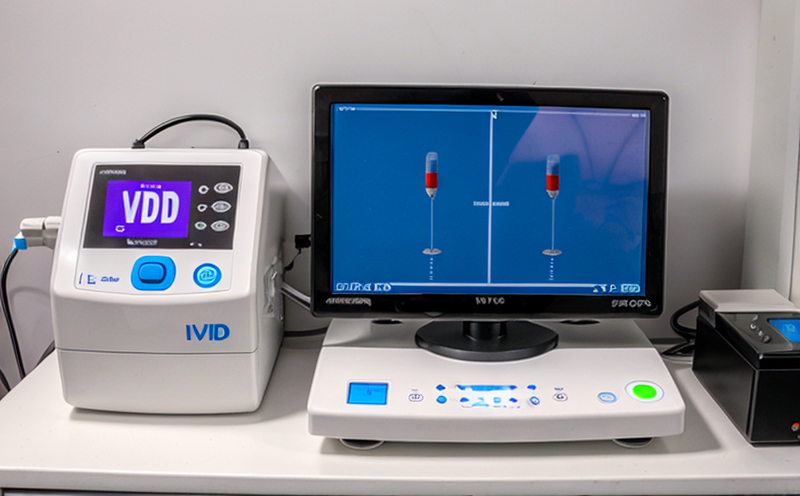IEC 82304 Health Software Safety Testing in IVD Devices
The International Electrotechnical Commission (IEC) Standard 82304 is designed to ensure the safety and efficacy of health software within medical devices, including In Vitro Diagnostic (IVD) devices. This standard provides a framework for risk management processes that are essential in ensuring the safe deployment of software in healthcare settings. For IVD devices, which involve critical decision-making based on software algorithms, compliance with IEC 82304 is crucial.
The scope of this service includes comprehensive testing and validation of health software embedded within IVD devices to meet stringent safety requirements. The primary focus is on ensuring that the software functions correctly under all expected operating conditions and provides accurate results necessary for reliable diagnostic outcomes. This encompasses not only functional verification but also non-functional aspects such as usability, maintainability, and security.
Our testing protocols are aligned with IEC 82304 requirements to cover the entire lifecycle of the software, from initial design through implementation, deployment, monitoring, maintenance, and decommissioning. This holistic approach ensures that all potential risks associated with software usage in medical devices are identified and mitigated.
Our team of experts conducts rigorous testing using state-of-the-art tools and methodologies to simulate real-world scenarios where the software might be used. This includes stress tests, security assessments, usability evaluations, and thorough documentation reviews. By adhering strictly to IEC 82304 guidelines, we provide comprehensive safety assurance for your IVD devices.
The importance of this service cannot be overstated, especially given the increasing reliance on software in modern medical diagnostics. Non-compliance with IEC 82304 could lead to significant regulatory challenges and potential harm to patients if there are discrepancies between expected performance and actual outcomes. Our thorough testing process helps eliminate these risks by providing robust evidence of compliance.
Compliance with IEC 82304 also enhances the reputation of your brand, demonstrating a commitment to patient safety and quality care. It ensures that your products meet global standards for regulatory approval and market entry. By partnering with us, you can ensure that your IVD devices are not only safe but also reliable, effective, and fully compliant.
Our service offers more than just compliance; it provides peace of mind knowing that every aspect of the software has been thoroughly examined against internationally recognized best practices. This aligns perfectly with your goals for innovation while maintaining rigorous quality standards.
Scope and Methodology
The scope of our IEC 82304 health software safety testing service includes a broad range of activities aimed at ensuring the safety, reliability, and compliance of health software in IVD devices. We cover all phases of the software lifecycle as defined by IEC 82304:
- Software Concept
- Requirements Analysis
- Design Specification
- Development
- Integration and Testing
- Deployment
- Maintenance
- Disposal
In each phase, we apply specific methodologies to ensure that all risks are identified, analyzed, and mitigated. For instance, in the Software Concept phase, we focus on defining clear objectives and identifying potential hazards early in the process. During Requirements Analysis, detailed specifications are established to guide subsequent development activities.
Our testing methods include functional verification tests, which check whether the software behaves as intended under various conditions, including edge cases and error states. We also perform non-functional assessments such as security checks to ensure that the software is protected against unauthorized access or malicious attacks. Usability evaluations are conducted to assess how easy it is for end-users to interact with the software.
Throughout the entire lifecycle, we maintain comprehensive documentation that serves as a reference point for future updates and modifications. This includes risk management plans, traceability matrices linking requirements to design decisions, and configuration management records. By following these rigorous procedures, we ensure that your IVD devices are not only compliant but also robust and user-friendly.





